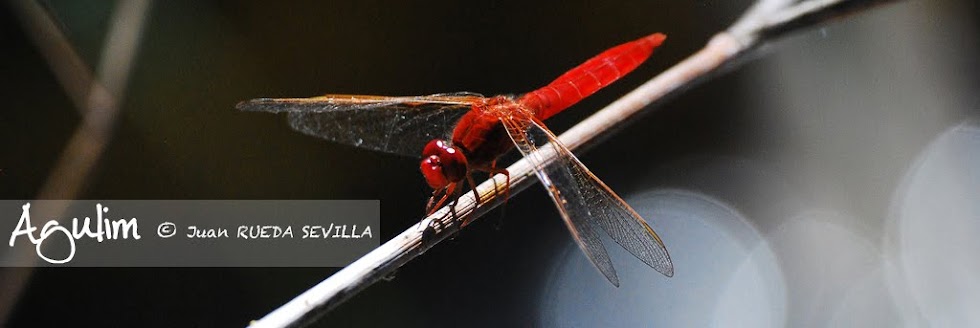Resumen: Se aportan datos sobre los coleópteros y hemípteros acuáticos del Parque Natural de l’Albufera de Valencia. El estudio se ha realizado en un entorno restaurado y protegido, donde ambos órdenes suelen ser dominantes, aportando, junto con dípteros, la mayor riqueza de especies y abundancia de organismos dentro de los insectos. Entre 2004 y 2008 se llevaron a cabo diferentes campañas de muestreo en las malladas de la Devesa y en la del Racó de l’Olla, ambas pertenecientes al Parque Natural, que permitieron la detección de 45 taxones de coleópteros, repartidos en 2 familias de Adephaga y 9 de Polyphaga, y 16 taxones de hemípteros, repartidos en 3 familias de Gerromorpha y 5 de Nepomorpha. La mayoría de taxones encontrados tienen rangos de distribución muy amplios, superando los límites de la Península, tanto por el norte como por el sur. De entre los taxones encontrados, merece la pena destacar los coleópteros Cybister tripunctatus africanus, Rhantus hispanicus, Hygrotus musicus, Hydroglyphus signatellus y Sphaerius hispanicus, por ser especies raras a escala peninsular, así como Hydroporus limbatus, Berosus hispanicus, Helophorus fulgidicollis, Enochrus bicolor, Paracymus aeneus y Ochthebius subpictus, entre los coleópteros, y Sigara selecta y Sigara stagnalis entre los hemípteros, por ser exclusivos de ambientes salinos o hipersalinos.
Palabras clave: Coleoptera, Hemiptera, lista faunística, conservación, humedales, Mediterráneo, Península Ibérica, Valencia, La Albufera. Water coleopterans and hemipterans of the “malladas” of Devesa and Racó de l’Olla (Albufera Natural Park, Valencia, Spain)
Abstract: New data are provided on the aquatic Coleoptera and Hemiptera of the Albufera de Valencia Natural Park. The study was carried out in a restored and protected environment where both orders are usually the dominant groups, both in terms of species richness and abundance, alongside the Diptera. Between 2004 and 2008, several sampling campaigns were conducted in the Devesa and the Racó de l’Olla malladas, resulting in the detection of 45 taxa of Coleoptera, belonging to 2 families of Adephaga and 9 of Polyphaga, and 16 taxa of Hemiptera, belonging to 3 families of Gerromorpha and 5 of Nepomorpha. Most of the taxa collected have wide distributional ranges that go beyond the limits of the Iberian Peninsula, both to the north and to the south. Among the taxa found, worthy of note are the water beetles Cybister tripunctatus africanus, Rhantus hispanicus, Hygrotus musicus, Hydroglyphus signatellus and Sphaerius hispanicus, all scarce in the Iberian context, as well as Hydroporus limbatus, Berosus hispanicus, Helophorus fulgidicollis, Enochrus bicolor, Paracymus aeneus and Ochthebius subpictus, among the water beetles, and Sigara selecta and Sigara stagnalis among the water bugs, as exclusive of saline and/or hypersaline environments.
Key words: Coleoptera, Hemiptera, checklist, conservation, wetlands, Mediterranean, Iberian Peninsula, Valencia, La Albufera.









